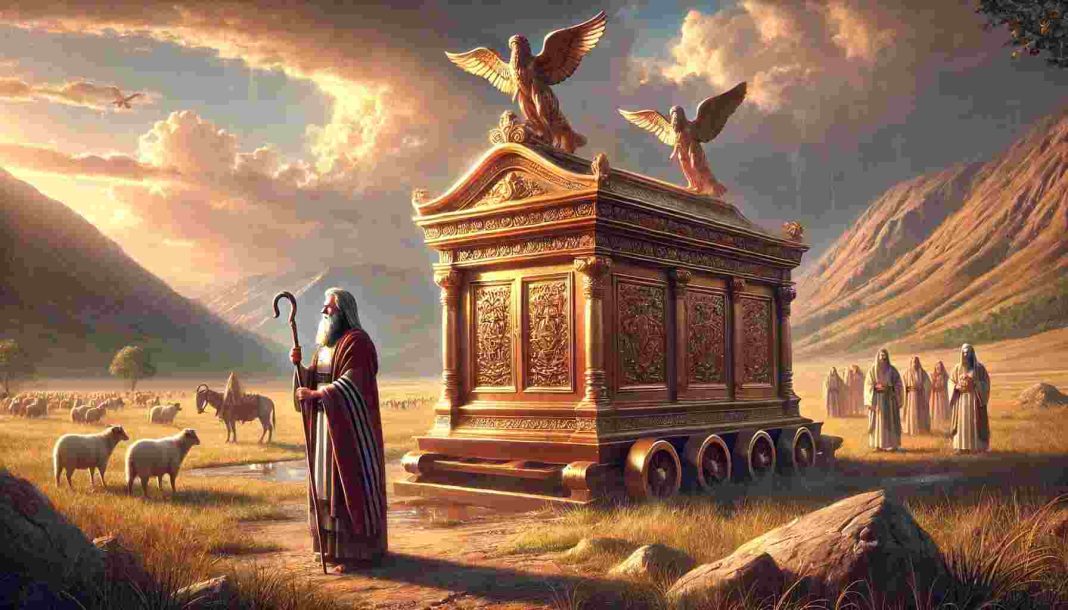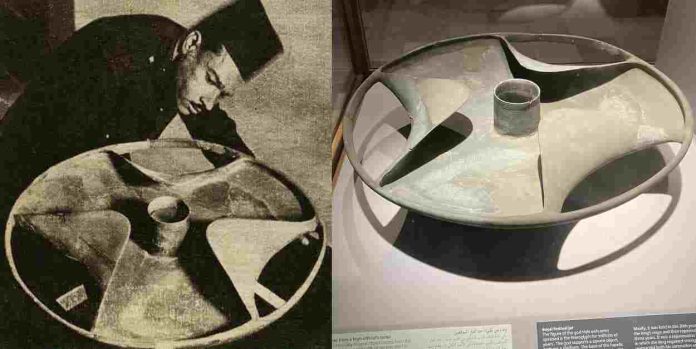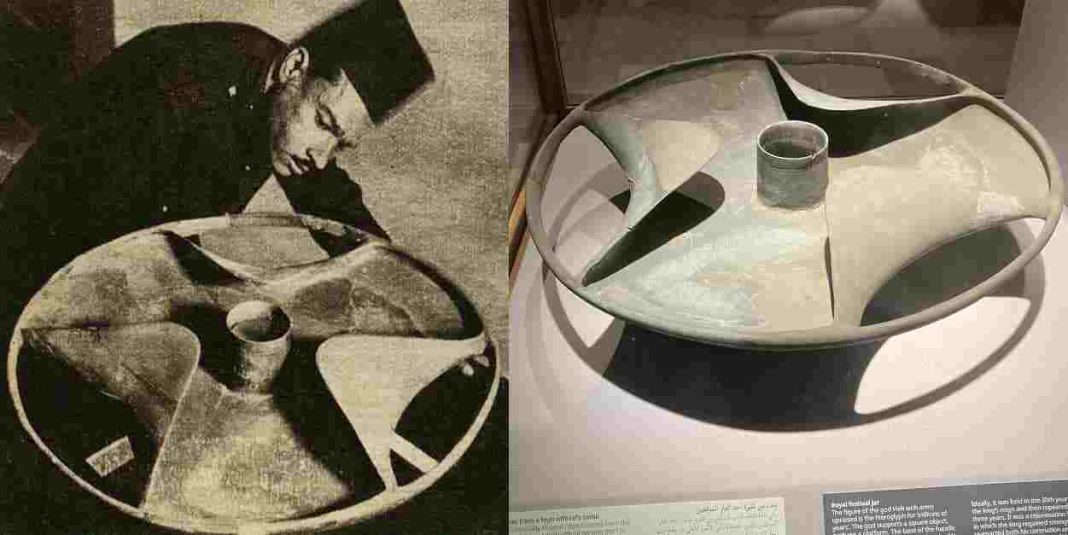The Ark of the Covenant, often hailed as one of the most sacred and mysterious artifacts in religious history, holds a pivotal place in both Jewish and Christian traditions. Known variously as the Ark of the Testimony or the Ark of God, this gold-plated wooden chest is believed to have housed the Tablets of the Law given to Moses on Mount Sinai.
Revered as a tangible symbol of God’s covenant with Israel, the Ark was more than just a religious relic; it was a powerful emblem of divine presence and authority. The narrative of the Ark spans centuries, intertwining with the history, theology, and cultural practices of the Israelites, and continues to captivate the imagination of believers and scholars alike.
Historical Background
The story of the Ark begins in the Book of Exodus, where God commands Moses to construct it during the Israelites’ sojourn at Mount Sinai. Crafted from acacia wood and overlaid with gold, the Ark was designed according to divine specifications. Measuring approximately 2.5 cubits in length, 1.5 cubits in width, and 1.5 cubits in height, the Ark featured a decorative crown molding and rings at its four corners, through which poles were inserted for carrying.
The Ark’s lid, known as the Mercy Seat, was flanked by two cherubim with outstretched wings, and it was from between these cherubim that God is said to have communicated with Moses. The Ark’s construction marked the beginning of its role as the centerpiece of Israelite worship and as a mobile sanctuary for the divine presence.
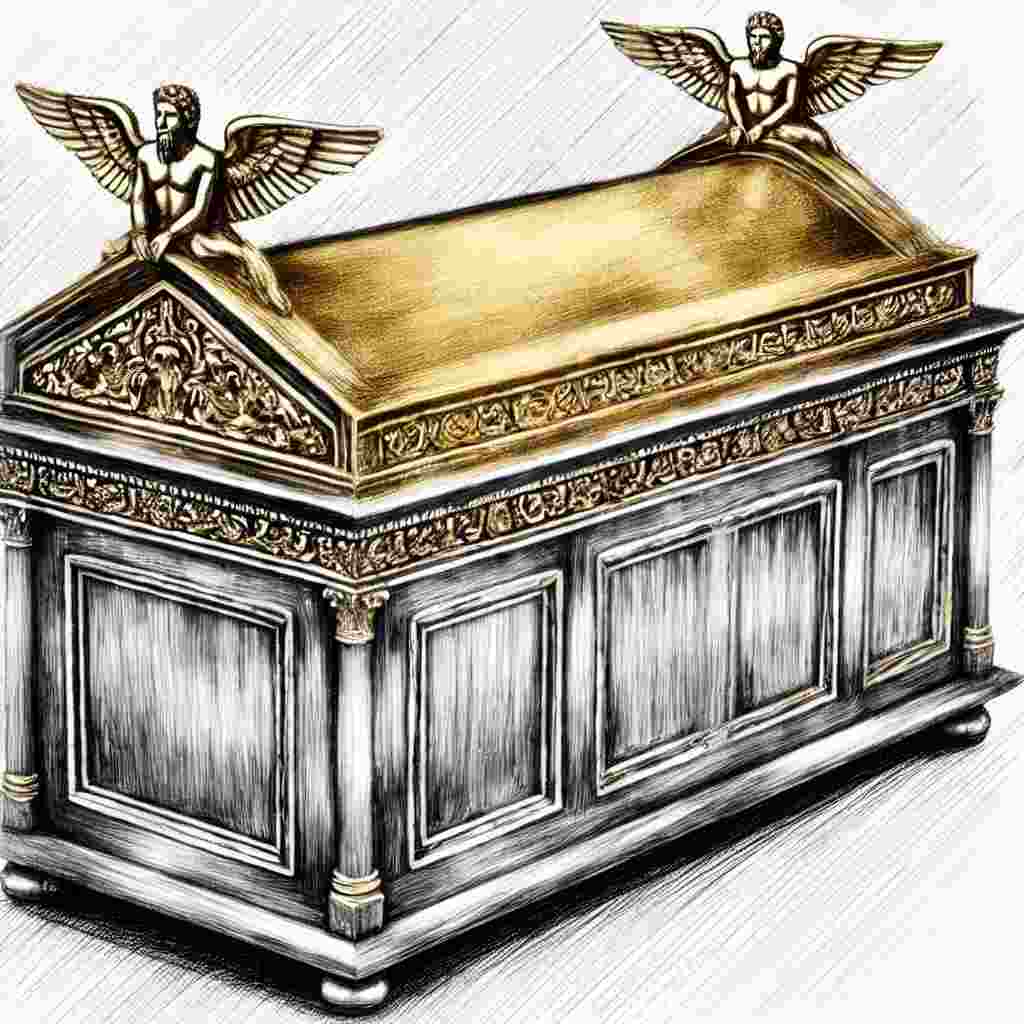
Contents of the Ark
According to biblical tradition, the Ark contained three sacred items: the Tablets of the Law, Aaron’s rod, and a pot of manna. Each of these items bore significant symbolic meaning. The Tablets of the Law, inscribed with the Ten Commandments, represented God’s covenant and legal framework for the Israelites.
Aaron’s rod, which miraculously budded as a sign of his divine appointment, symbolized God’s chosen leadership and the priesthood. The pot of manna, a miraculous provision during the Israelites’ journey through the wilderness, served as a reminder of God’s providence and care for His people.
The Ark’s Role in the Israelite Journey
The Ark played a central role in the Israelites’ journey from Egypt to the Promised Land. It was carried at the forefront of their procession, symbolizing God’s guidance and protection. When the Israelites crossed the Jordan River, the waters miraculously parted as soon as the priests bearing the Ark stepped into the river, allowing the entire nation to cross on dry ground.
The Ark also led the Israelites in battle, most notably during the conquest of Jericho, where its presence was instrumental in the city’s walls collapsing. Throughout the Israelites’ wanderings and military campaigns, the Ark remained a powerful symbol of God’s presence among His people.
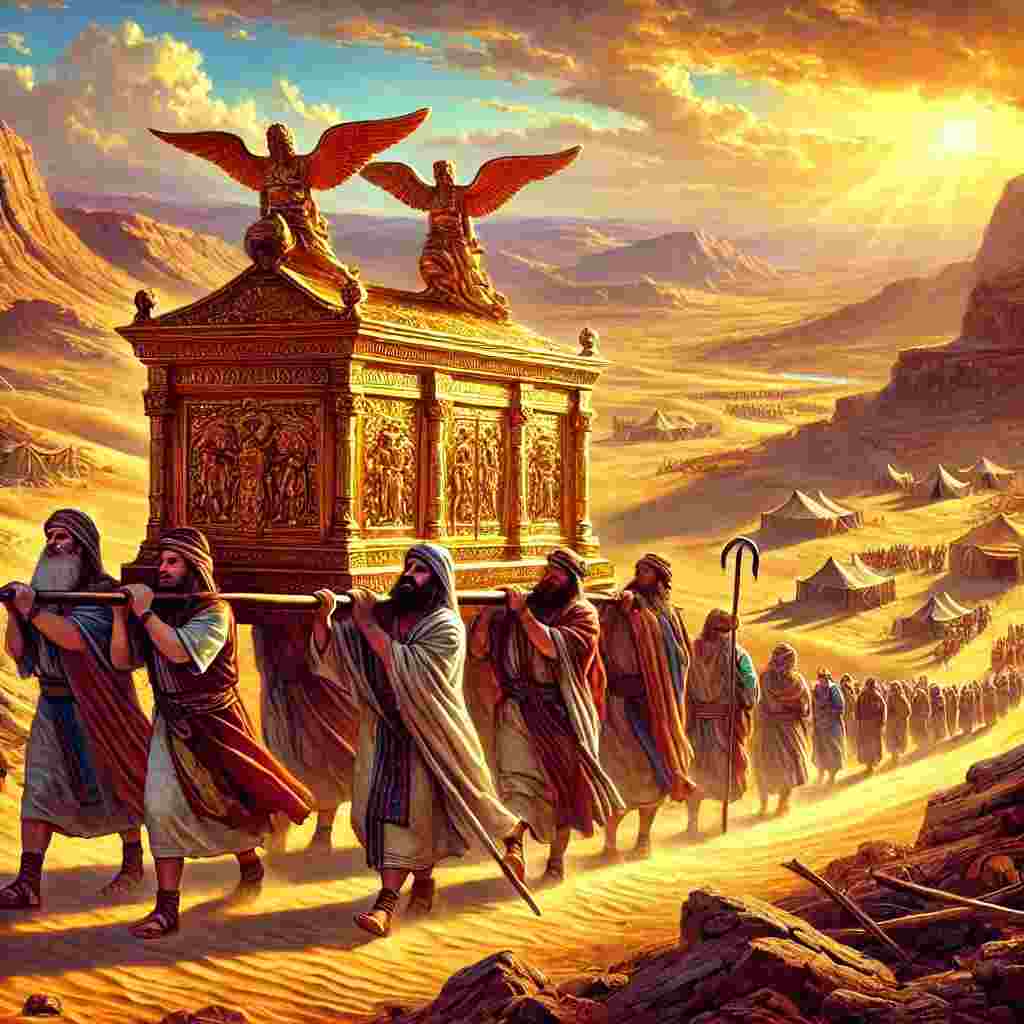
The Ark in the Tabernacle and Temple
Once the Israelites settled in the Promised Land, the Ark was placed in the Tabernacle, a portable sanctuary where it resided in the innermost chamber, the Holy of Holies. Only the high priest was permitted to enter this sacred space, and only once a year on Yom Kippur, the Day of Atonement.
The Ark’s presence in the Tabernacle underscored its role as the earthly throne of God. Later, when King Solomon built the First Temple in Jerusalem, the Ark was moved to its permanent home in the Temple’s Holy of Holies, where it remained until the Temple’s destruction by the Babylonians in 586 BCE.
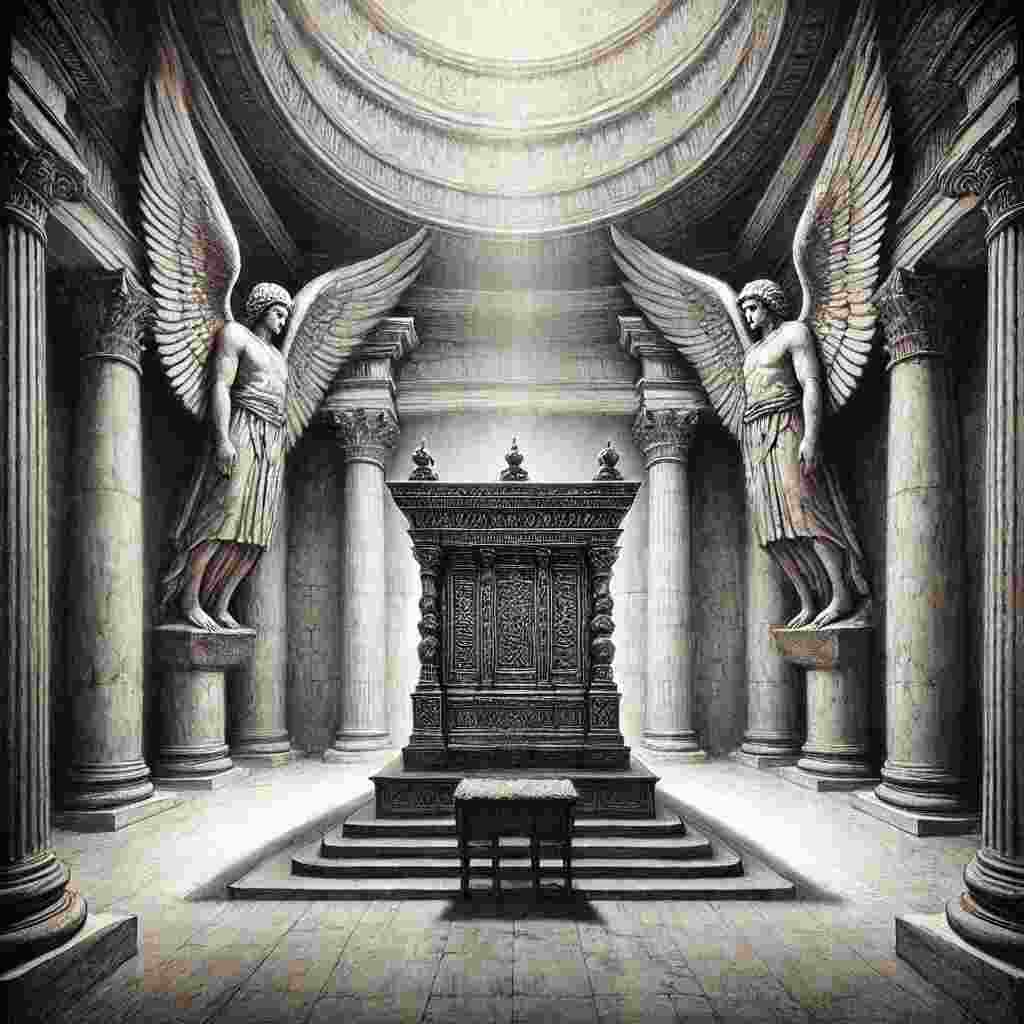
Disappearance and Theories of the Ark’s Fate
The fate of the Ark after the Babylonian conquest of Jerusalem is shrouded in mystery, with numerous theories and legends surrounding its disappearance. Some compare its mystery to the enigma of the Sabu Disk, another historical artifact whose purpose and origins remain debated. Some believe that the Ark was hidden by King Josiah or the prophet Jeremiah to protect it from the Babylonians, possibly in a cave on Mount Nebo or beneath the Temple Mount in Jerusalem.
Others speculate that the Ark was taken to Ethiopia, where it is purportedly housed in the Church of Our Lady Mary of Zion in Axum. Despite extensive archaeological searches and scholarly debates, the exact location of the Ark remains unknown, fueling ongoing fascination and speculation.
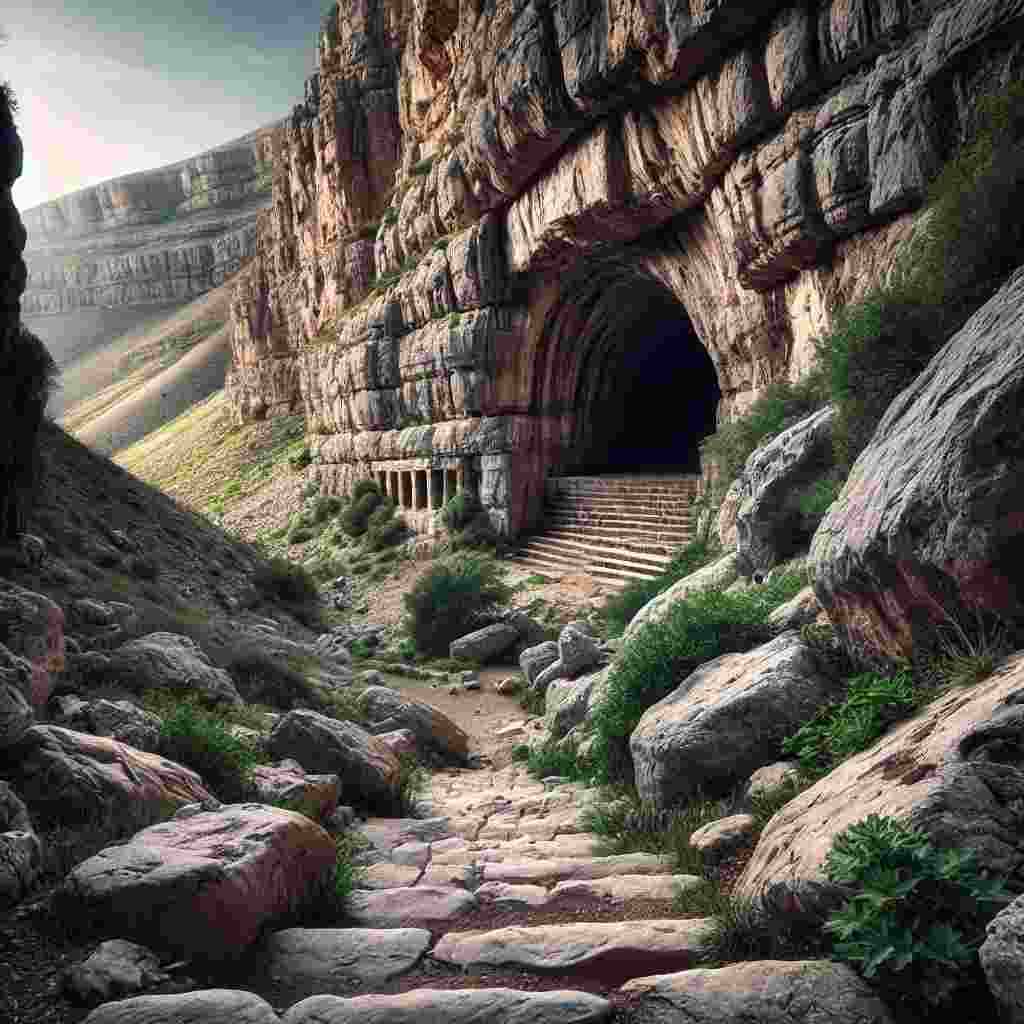
Archaeological Evidence and Scholarly Debates
Archaeological evidence related to the Ark is scarce, and much of what is known comes from biblical texts and later traditions. However, the study of ancient religious artifacts often reveals insights into cultural practices and beliefs that can provide context to the Ark’s significance. Some scholars argue that the Ark narrative reflects influences from surrounding cultures, such as Egyptian and Bedouin practices.
For instance, parallels have been drawn between the Ark and the Egyptian solar barque, a sacred vessel used in religious processions. However, these comparisons remain speculative, and the true origins and history of the Ark continue to be a subject of debate among historians and archaeologists.
Symbolism of the Ark in Religious Tradition
The Ark of the Covenant is deeply symbolic in both Jewish and Christian traditions. In Judaism, the Ark represents the covenant between God and Israel, a physical manifestation of God’s promise and presence. Similar to other ancient religious practices, it serves as a central element in understanding the spiritual life of early civilizations. It also symbolizes the divine law, as encapsulated in the Ten Commandments.
In Christian theology, the Ark is often seen as a foreshadowing of Christ, with the Mercy Seat prefiguring the atonement provided by Jesus’ sacrifice on the cross. The transition from the Old Covenant, represented by the Ark, to the New Covenant in Christ is a central theme in Christian interpretations of the Ark.
The Ark in Popular Culture
The Ark of the Covenant has captured the imagination of popular culture, most famously in the 1981 film “Raiders of the Lost Ark,” where it was depicted as a powerful artifact with supernatural abilities. This portrayal, while fictional, has contributed to the enduring intrigue surrounding the Ark.
The Ark has also appeared in numerous books, documentaries, and video games, often depicted as a lost treasure of immense power. These representations, while far from historical reality, reflect the Ark’s lasting impact on contemporary culture and its symbolic resonance as a relic of divine mystery.
Common Misconceptions and Myths
Many myths and misconceptions surround the Ark, often fueled by its mysterious disappearance and the lack of concrete evidence about its existence. Some believe that the Ark possessed supernatural powers, capable of causing death or destruction to those who touched it. While the Bible does describe several miraculous events associated with the Ark, these accounts are often interpreted symbolically rather than literally. Separating historical fact from fiction is essential in understanding the true nature of the Ark and its role in ancient Israelite religion.
Theological Interpretations
The Ark of the Covenant holds varying theological significance across different religious traditions. In Judaism, it is revered as the most sacred object, a direct link between God and His chosen people. In Christianity, the Ark is seen as a type of Christ, prefiguring the ultimate atonement made by Jesus. The Ark’s role as a symbol of God’s covenant, justice, and mercy is a common thread in both Jewish and Christian theology, highlighting its enduring spiritual significance.
The Ark’s Role in Modern Religious Belief
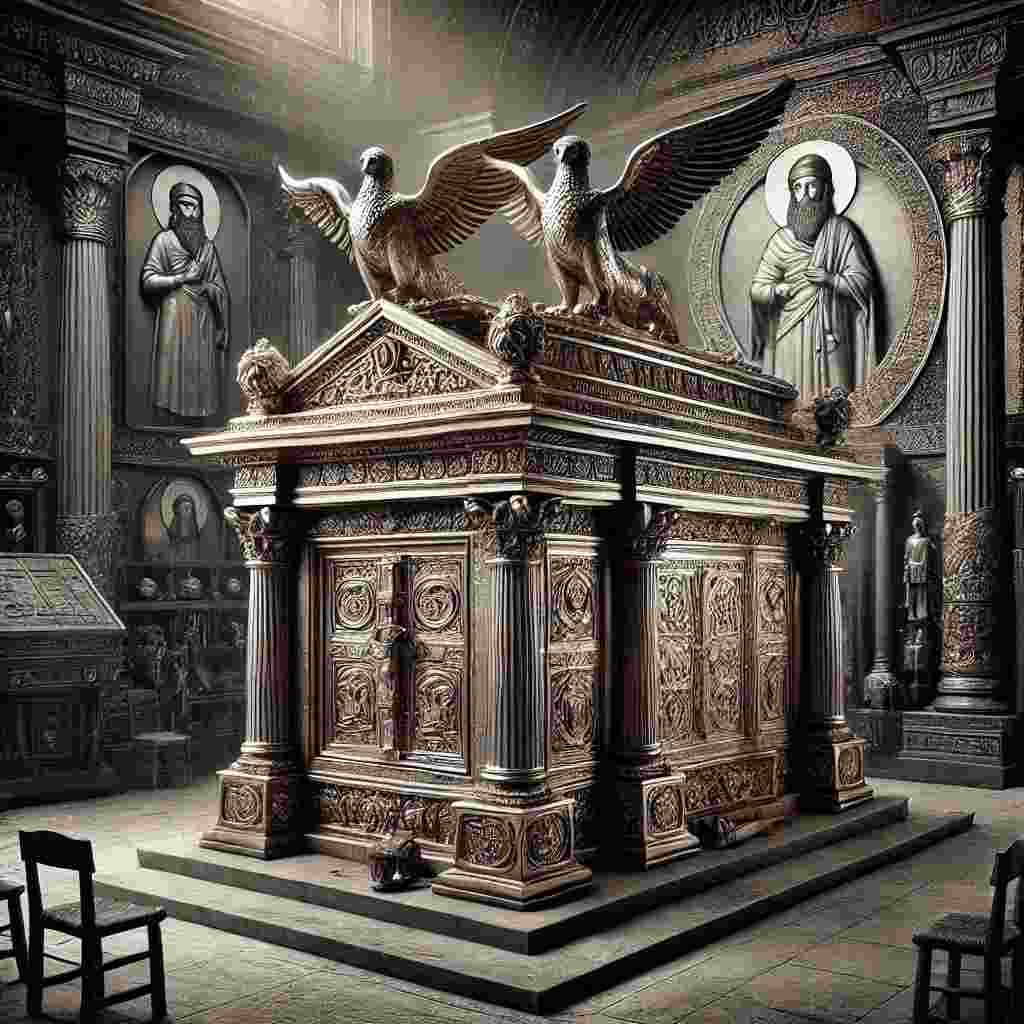
In contemporary Judaism, the Ark remains a potent symbol of God’s enduring covenant with Israel, though its physical location is unknown. In Christianity, the Ark is often referenced in discussions of biblical prophecy and eschatology, with some believing that it will be revealed again in the end times. The Ark also holds a place in Islamic tradition, where it is mentioned in the Quran as a sign of divine favor. The continued reverence for the Ark across these religious traditions underscores its profound spiritual importance.
Frequently Asked Questions (FAQs)
1. What happened to the Ark of the Covenant?
The fate of the Ark of the Covenant remains unknown. Some theories suggest it was hidden or taken to another location, such as Ethiopia or Egypt, while others believe it was destroyed during the Babylonian conquest of Jerusalem in 586 BCE.
2. Where is the Ark of the Covenant today?
The current location of the Ark is one of history’s greatest mysteries. It is rumored to be hidden in places like Ethiopia, Jerusalem, or Egypt, but no conclusive evidence has been found.
3. What exactly was inside the Ark of the Covenant?
The Ark is believed to have contained the Tablets of the Law (Ten Commandments), Aaron’s rod, and a pot of manna, each carrying significant symbolic meaning in the context of ancient Israelite religion.
4. What happens if someone opens the Ark of the Covenant?
Biblical accounts suggest that opening or touching the Ark could result in dire consequences, symbolizing the sanctity and power of God’s presence. However, these stories are often interpreted symbolically rather than literally.
5. How does the Ark of the Covenant symbolize Jesus?
In Christian theology, the Ark is seen as a precursor to Christ. The Mercy Seat on the Ark is viewed as a foreshadowing of the atonement provided by Jesus’ sacrifice on the cross.
6. Is the Ark of the Covenant real?
While the Ark is a central element in biblical history, its physical existence remains a topic of debate among scholars. There is no definitive evidence to confirm its survival or current location.
Related Artifacts and Religious Relics
The Ark of the Covenant is often compared to other religious relics, such as the Holy Grail and the Shroud of Turin. These artifacts, like the Ark, hold significant religious meaning and are the subject of much speculation and reverence. The study of such relics provides insight into the ways in which physical objects can embody and communicate profound spiritual truths.
Conclusion
The Ark of the Covenant stands as one of the most intriguing and sacred artifacts in religious history, embodying the covenant between God and His people and symbolizing divine presence and law. Its mysterious disappearance only adds to its allure, inviting ongoing exploration and debate.
For those interested in biblical archaeology, religious history, or theology, the Ark offers a fascinating subject of study, one that bridges the ancient and the modern, the sacred and the scholarly. To delve deeper into the mysteries of the Ark and other religious artifacts, consider exploring resources on biblical archaeology and religious studies, where the past continues to inform and inspire.
Use of Our Content
⚠️ Content on “Mystery Uncover” is protected under US and International Copyright Laws.
You are free to reuse, republish, and share our content by giving credit to the source as Mystery Uncover with a link to the original material on mysteryuncover.com.


